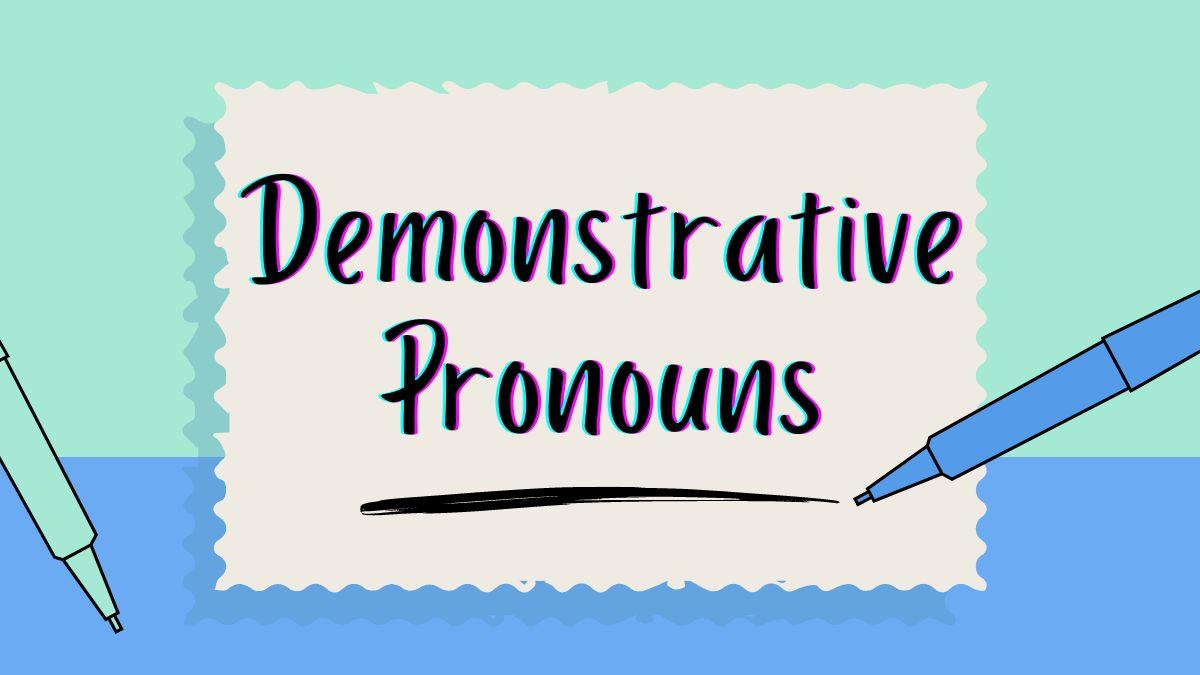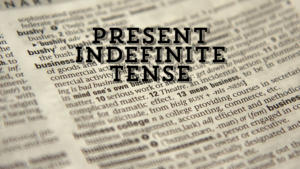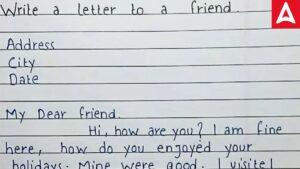Table of Contents
Demonstrative Pronouns
A demonstrative pronoun is one that is used to point to particular individuals or objects. Consider sitting in a chair next to you and another chair across the room, for instance. You would say This is a chair when referring to the chair that is closer to you. You would point to the chair in the distance and remark, “That’s a chair,” when describing it. This and that are demonstrative pronouns in these statements.
Demonstrative Pronouns Definition
The Merriam-Webster Dictionary describes it as a word that is used for “pointing out the one referred to and distinguishing it from others of the same class.” The Cambridge Dictionary defines demonstrative words as “words, for example “this,” “that,” “these,” and “those,” that show which person or thing is being referred to.” In English grammar, these pronouns find its use on a daily basis even on the elementary level.
What is a Demonstrative Pronoun?
The word “demo” might be well known to everyone. The demonstration is most frequently abbreviated as a demo in this context. To demonstrate something is to point out, identify, show, exhibit, or explain it to someone. The same effect can be achieved by using a demonstrative pronoun. It illustrates or represents the nouns that serve as a sentence’s subject or object.
Demonstrative Pronouns Examples
When referring to or identifying a specific person, location, animal, or thing, a demonstrative pronoun is used. Singular and plural versions of demonstrative pronouns are both acceptable. Utilizing verbs that correspond with the specific singular or plural form of demonstrative pronouns is the only consideration when employing demonstrative pronouns.
| Demonstrative Pronouns | Uses | Examples | |
| Singular | This | Refers to a particular person, place, animal or thing that is closer in time and distance. |
|
| That | Refers to a particular person, place, animal or thing that is further away in time and distance. |
|
|
| Plural | These | Refers to a number of people, places, animals or things that are closer in time and distance. |
|
| Those | Refers to a number of people, places, animals or things that are further away in time and distance. |
|
|
Demonstrative Pronouns vs Demonstrative Adjectives
Demonstrative pronouns and demonstrative adjectives are frequently conflated in second language learners. When employing demonstrative pronouns and demonstrative adjectives, the only thing to keep in mind is to know what each word in the phrase does. In place of a noun, a demonstrative pronoun is employed, and a demonstrative adjective is used to characterize and elaborate on the noun.
| Demonstrative Pronoun / Demonstrative Adjective | Used as a Demonstrative Pronoun | Used as a Demonstrative Adjective |
| This | This is the book I read last week. | This place is beautiful. |
| That | That is the car that hit the little kid. | That place mesmerized me. |
| These | These are my friends. | These bags are heavy to carry. |
| Those | The boxes you have are smaller than those. | I know it was hard to make those decisions. |
Difference Between Demonstrative Pronouns and Demonstrative Determiners
In place of pronouns, the terms this, that, these, and those can also be employed as determiners. Demonstrative determiners are also known as demonstrative adjectives since they alter nouns in the same way that adjectives do.
There are two divisions for demonstrative determiners: near and remote. When they alter a noun, they can represent more distance or something that is closer to the speaker.
I don’t like this restaurant next to us. Let’s eat at that café across the street.
This alters the restaurant in the instances to indicate that it is closer to the speaker, whereas that alters the café to indicate that it is farther away.
Demonstrative determiners employ both singular and plural forms, just like demonstrative pronouns. When changing singular nouns, use the singular form; when changing plural nouns, use the plural form.
These trees are a thousand years old.
This tree is a thousand years old.
Explore more about Pronouns:
| Possessive Pronoun | Reflexive Pronoun |
| Relative Pronoun | Personal Pronoun |




 Present Indefinite Tense: Formula, Exerc...
Present Indefinite Tense: Formula, Exerc...
 Email Writing Format for Class 10- Check...
Email Writing Format for Class 10- Check...
 Letter Writing in English, Types, Tips, ...
Letter Writing in English, Types, Tips, ...





























